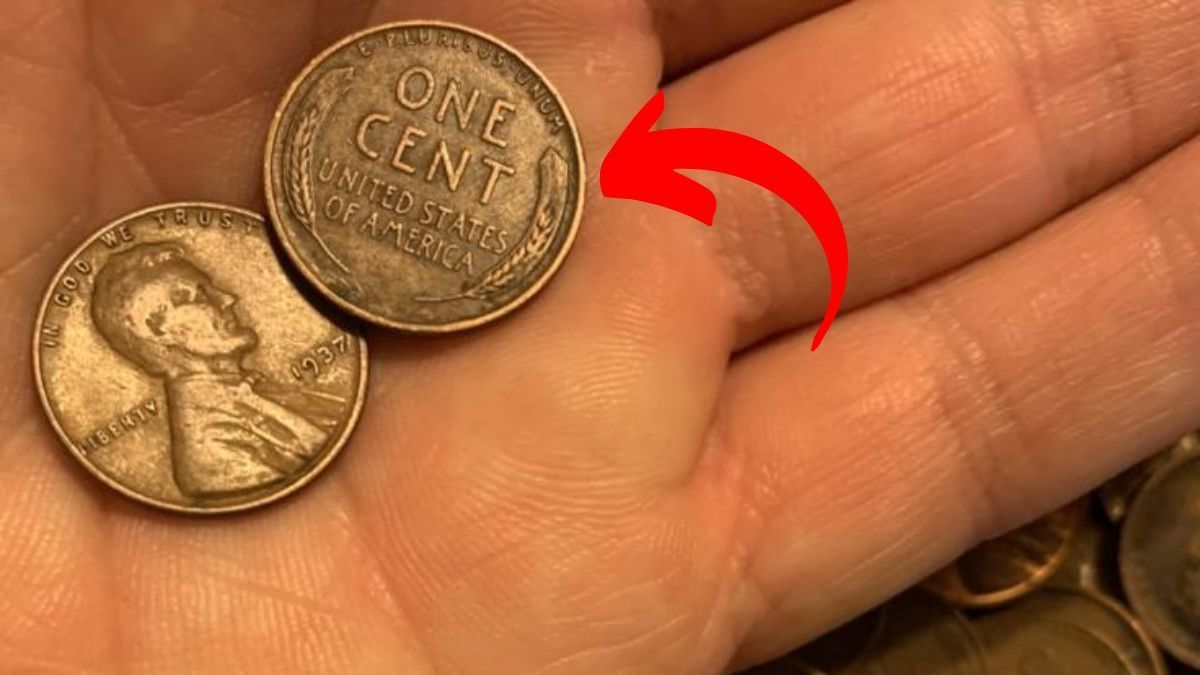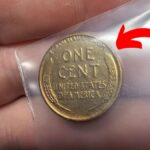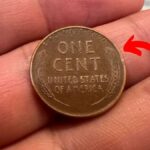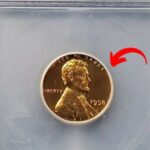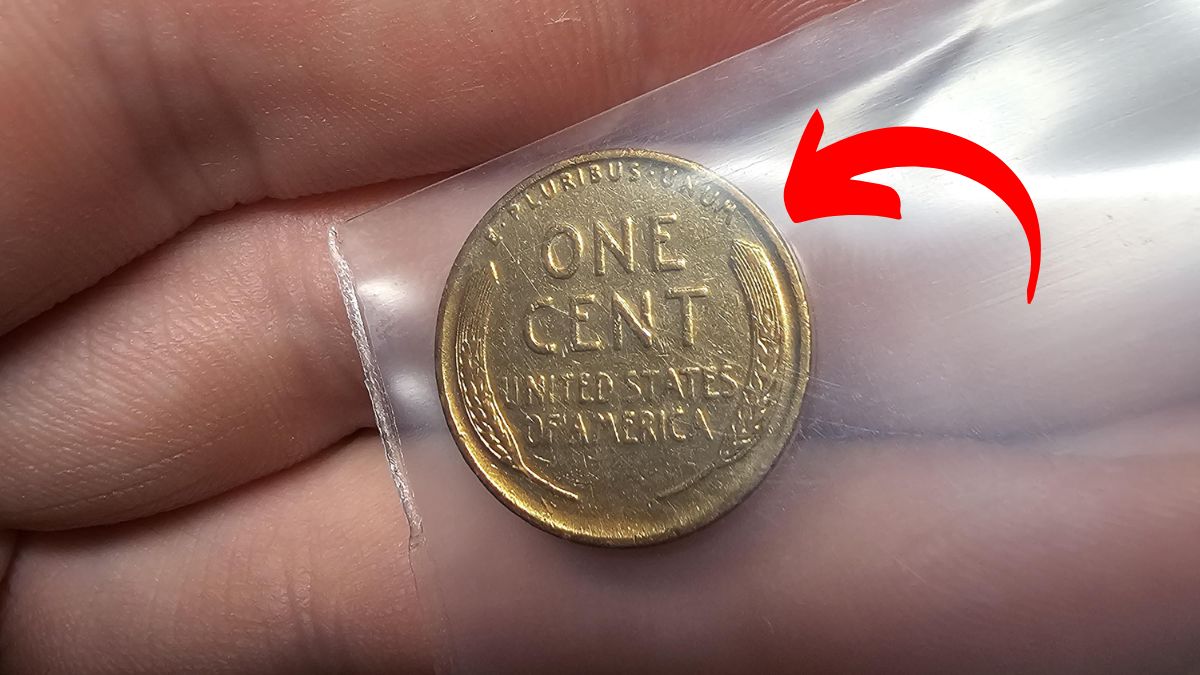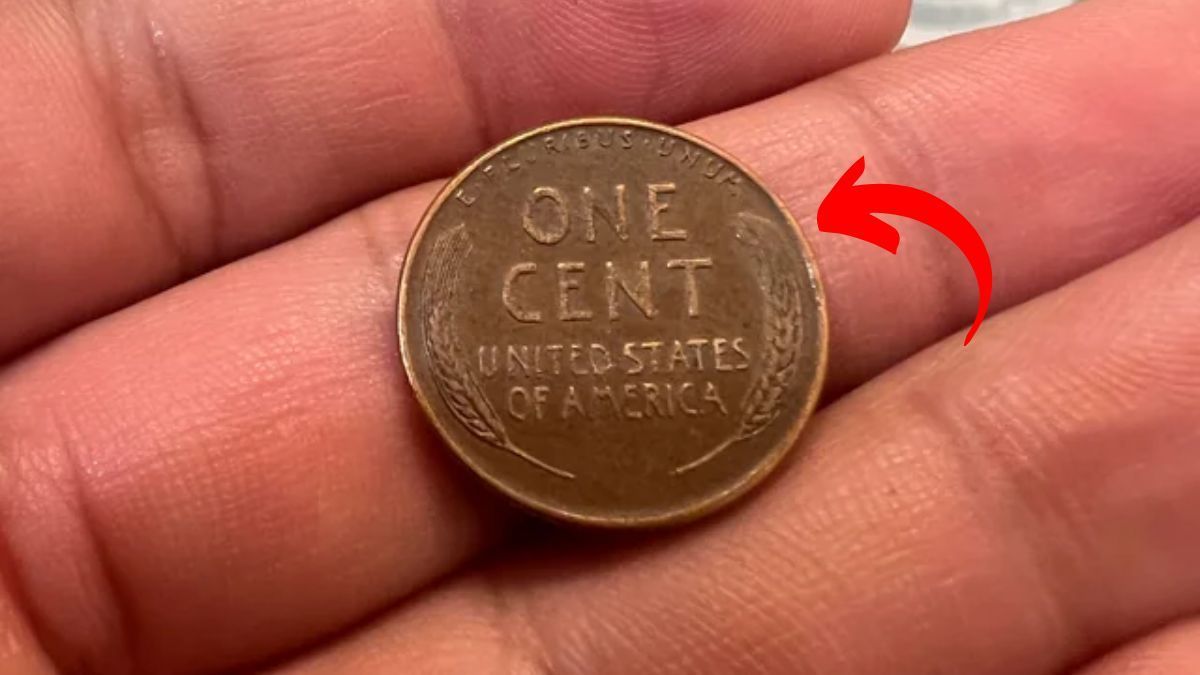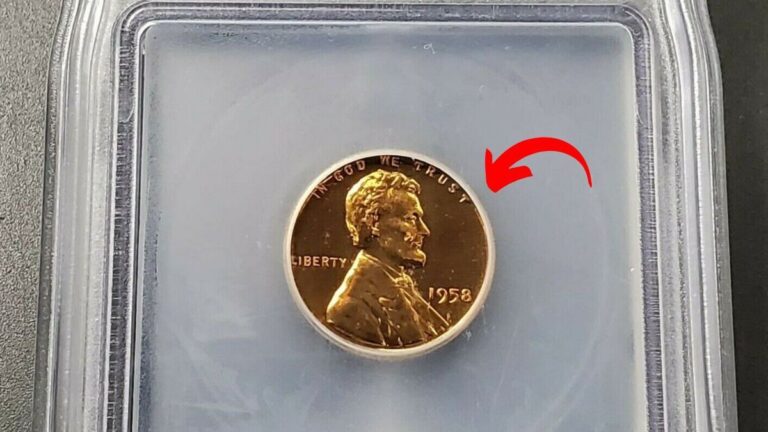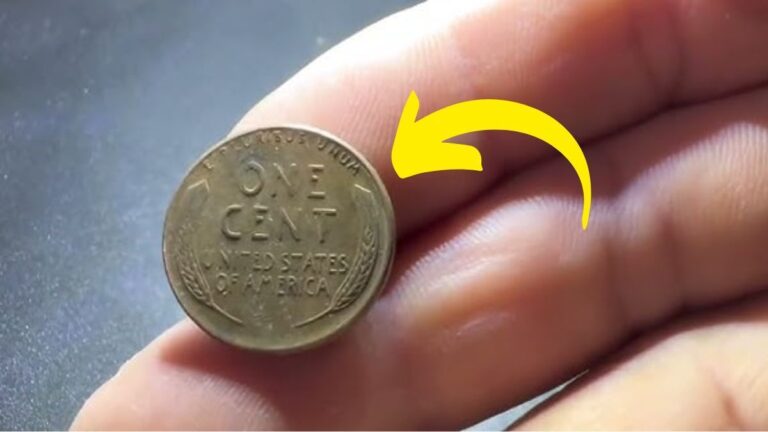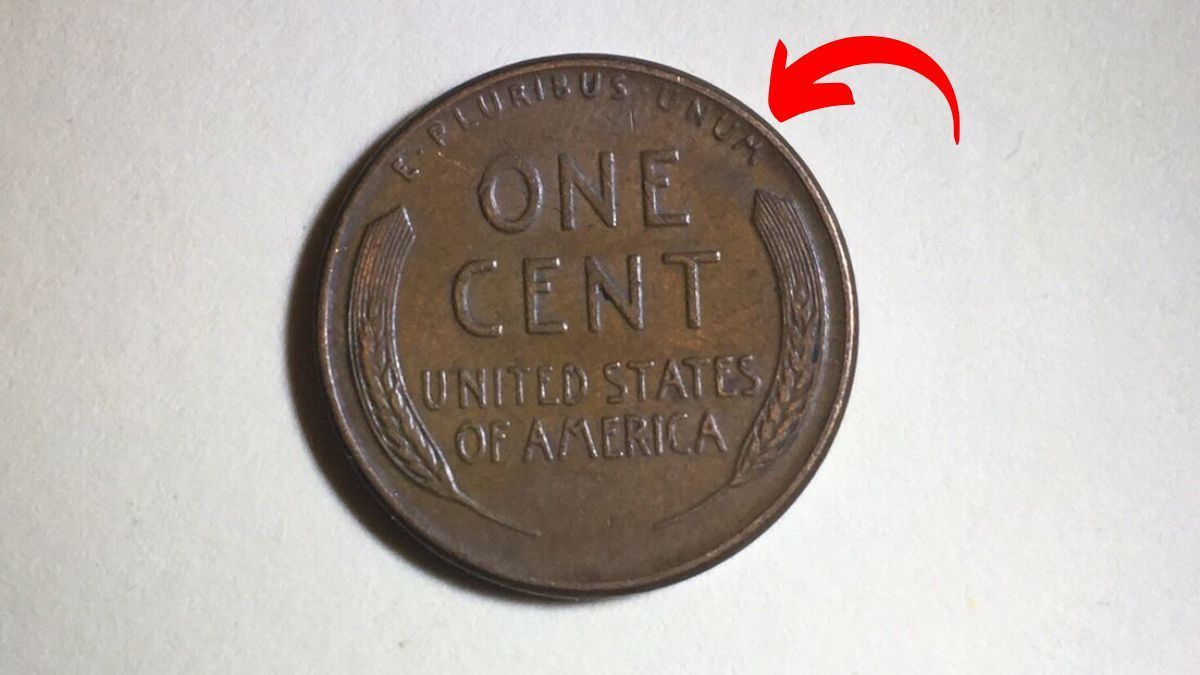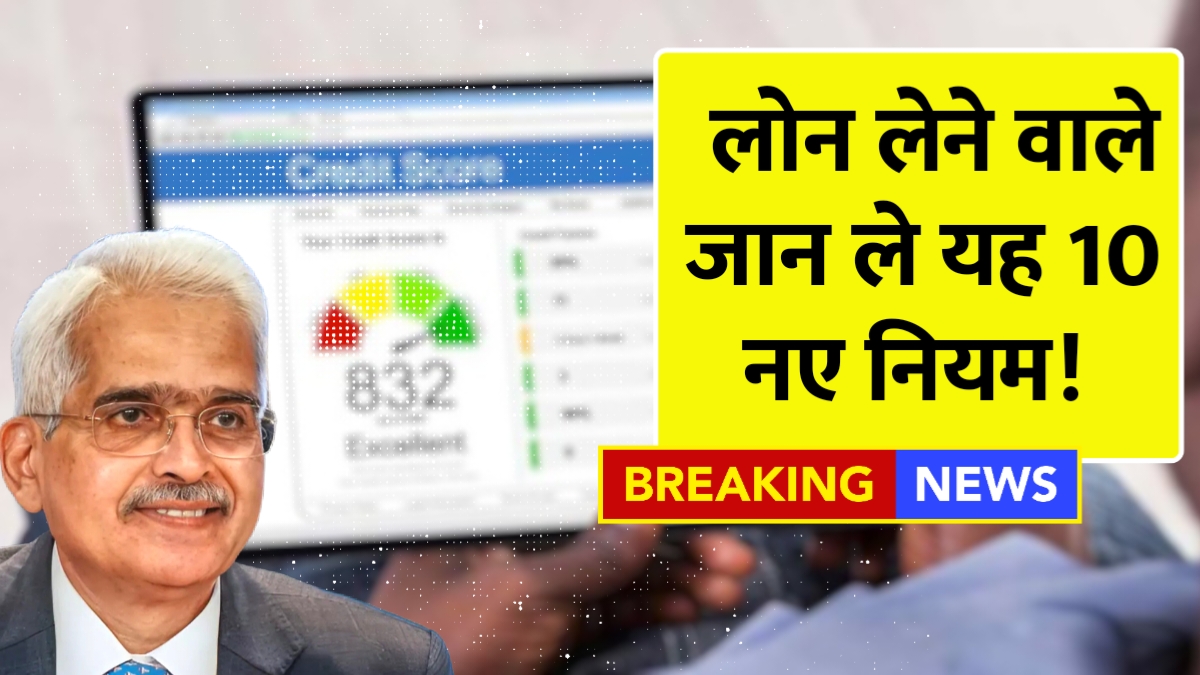The Lincoln Wheat Penny Valued at $14 Million: The Lincoln Wheat Penny represents a fascinating chapter in American coin history. First created in 1909 to honor Abraham Lincoln’s 100th birthday, these small copper coins showcase Lincoln’s profile on the front and two wheat stalks on the back. What makes these coins truly remarkable is that some rare versions have sold for astounding amounts – with certain specimens valued at millions of dollars. While most wheat pennies you might find are worth just a few cents, knowing what makes some so valuable could turn a lucky coin discovery into a life-changing event.
Recent Market Excitement
The coin collecting community recently witnessed an incredible sale when a perfectly preserved 1909-S VDB penny reached a valuation of $168,000. This particular coin earned its extraordinary value through its flawless condition, graded MS67RD, which indicates virtually no imperfections and retention of its original reddish copper color. The coin’s mint mark from San Francisco (S) and the designer’s initials (VDB) make it especially rare and desirable to serious collectors.
What Makes Some Pennies Worth Millions
The most valuable Lincoln Wheat Penny ever discovered is the 1943 Copper Penny, with an estimated worth of $51 million. This coin’s incredible value comes from its unique history. During World War II, the government needed copper for military equipment, so they switched to making steel pennies in 1943. However, a tiny number of copper blanks accidentally made it into production, creating extremely rare coins that weren’t supposed to exist.
Other highly valuable varieties include the 1943-D Bronze Penny ($840,000), the 1943-S Bronze Penny ($504,000), and the 1944-S Steel Penny ($408,000). Each of these represents a fascinating mistake in the minting process that created rarities coveted by collectors worldwide.
How to Identify Valuable Wheat Pennies
If you’re hoping to find a valuable penny in your collection, several factors determine worth. First, check the date and mint mark – coins from San Francisco (S) and Denver (D) are often rarer than those from Philadelphia. Next, examine the condition – coins showing little wear with clear details are more valuable than heavily circulated ones.
Professional coin graders look at specific features, including the sharpness of Lincoln’s portrait, the clarity of the wheat stalks, and the overall surface quality. Even tiny marks or worn areas can significantly impact a coin’s value. For the most valuable coins, professional authentication is essential to verify authenticity.
Preserving Your Coin’s Value
Proper storage is crucial for maintaining a wheat penny’s condition and value. Avoid touching coins with bare fingers, as oils from your skin can damage the surface. Instead, handle them by their edges and store them in protective holders designed specifically for coins. Keep them away from humidity, extreme temperatures, and chemicals that could cause deterioration.
More Than Just Money
Lincoln Wheat Pennies offer more than just financial value. They provide tangible connections to American history, showing how currency design reflected national values and responded to historical events like World War II. Each coin tells a story about the era in which it was made, from the materials used to the artistic choices in its design.
The Future of Wheat Penny Collecting
As time passes, Lincoln Wheat Pennies become increasingly scarce, particularly those in excellent condition. This growing rarity, combined with steady interest from new collectors, suggests their value will likely continue to appreciate. Whether you’re a serious numismatist or simply curious about the coins in your pocket, the humble wheat penny reminds us that extraordinary value can sometimes be found in the most ordinary places.
Disclaimer
This article is provided for informational purposes only. Coin values fluctuate based on market conditions, and the prices mentioned represent exceptional specimens. Professional authentication is necessary to determine the actual value of any coin. The author and publisher are not responsible for any financial decisions made based on this information.
